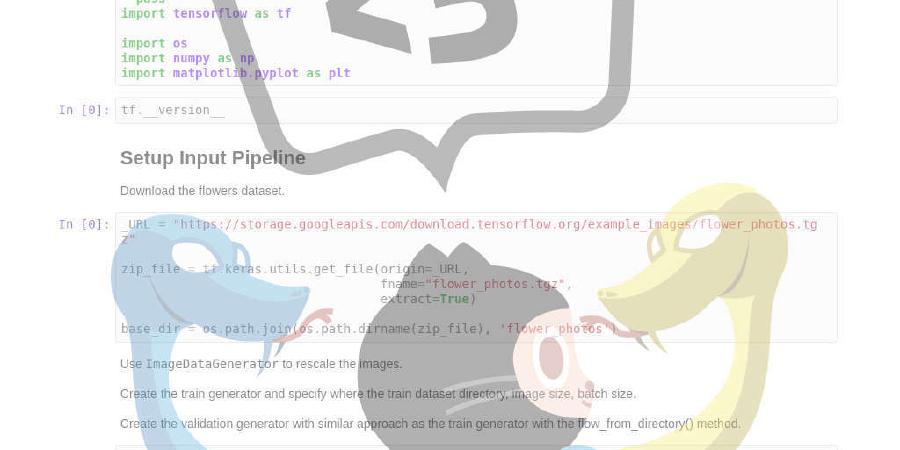antvis/G2

A highly interactive data-driven visualization grammar for statistical charts.
| repo name | antvis/G2 |
| repo link | https://github.com/antvis/G2 |
| homepage | https://g2.antv.vision |
| language | TypeScript |
| size (curr.) | 224595 kB |
| stars (curr.) | 8986 |
| created | 2016-05-26 |
| license | MIT License |
English | 简体中文
A highly interactive data-driven visualization grammar for statistical charts.

G2 is a visualization grammar, a data-driven visual language with a high level of usability and scalability. It provides a set of grammars, takes users beyond a limited set of charts to an almost unlimited world of graphical forms. With G2, you can describe the visual appearance and interactive behavior of a visualization just by one statement, and generate web-based views using Canvas or SVG.
📺 Live Demos
✨ Features
- 💯Stable grammar of graphics: enable to draw all kinds of charts by mapping data to graphics.
- 🤩New grammar of interaction: interaction behaviors combined with Trigger and Action mechanisms are used to exploring data.
- 🦍Advanced View module: with the ability to develop customized multi-dimension data analysis graphics.
- 👬Dual-engine rendering: with the ability to switch Canvas and SVG freely.
- 💄Visual components: interaction-oriented, elegant experience.
- 🛡Fully embrace Typescript: Complete type definition files are provided.
📦 Installation
$ npm install @antv/g2
🔨 Getting Started
Before drawing we need to prepare a DOM container for G2:
<div id="c1"></div>
import { Chart } from '@antv/g2';
const data = [
{ genre: 'Sports', sold: 275 },
{ genre: 'Strategy', sold: 115 },
{ genre: 'Action', sold: 120 },
{ genre: 'Shooter', sold: 350 },
{ genre: 'Other', sold: 150 },
];
// Step 1: Create a Chart instance.
const chart = new Chart({
container: 'c1', // Specify chart container ID
width: 600, // Specify chart width
height: 300, // Specify chart height
});
// Step 2: Load the data.
chart.data(data);
// Step 3: Declare the grammar of graphics, draw column chart.
chart.interval().position('genre*sold');
// Step 4: Render chart.
chart.render();
⌨️ Development
# Install dependencies
$ npm install
# Run test cases
$ npm run test
# Open electron to run test cases and listen to file changes
$ npm run test-live
# Run CI
$ npm run ci
# Run website
$ npm start
🏷️ Releases
🤝 How to Contribute
Please let us know how can we help. Do check out issues for bug reports or suggestions first.
To become a contributor, please follow our contributing guide.











